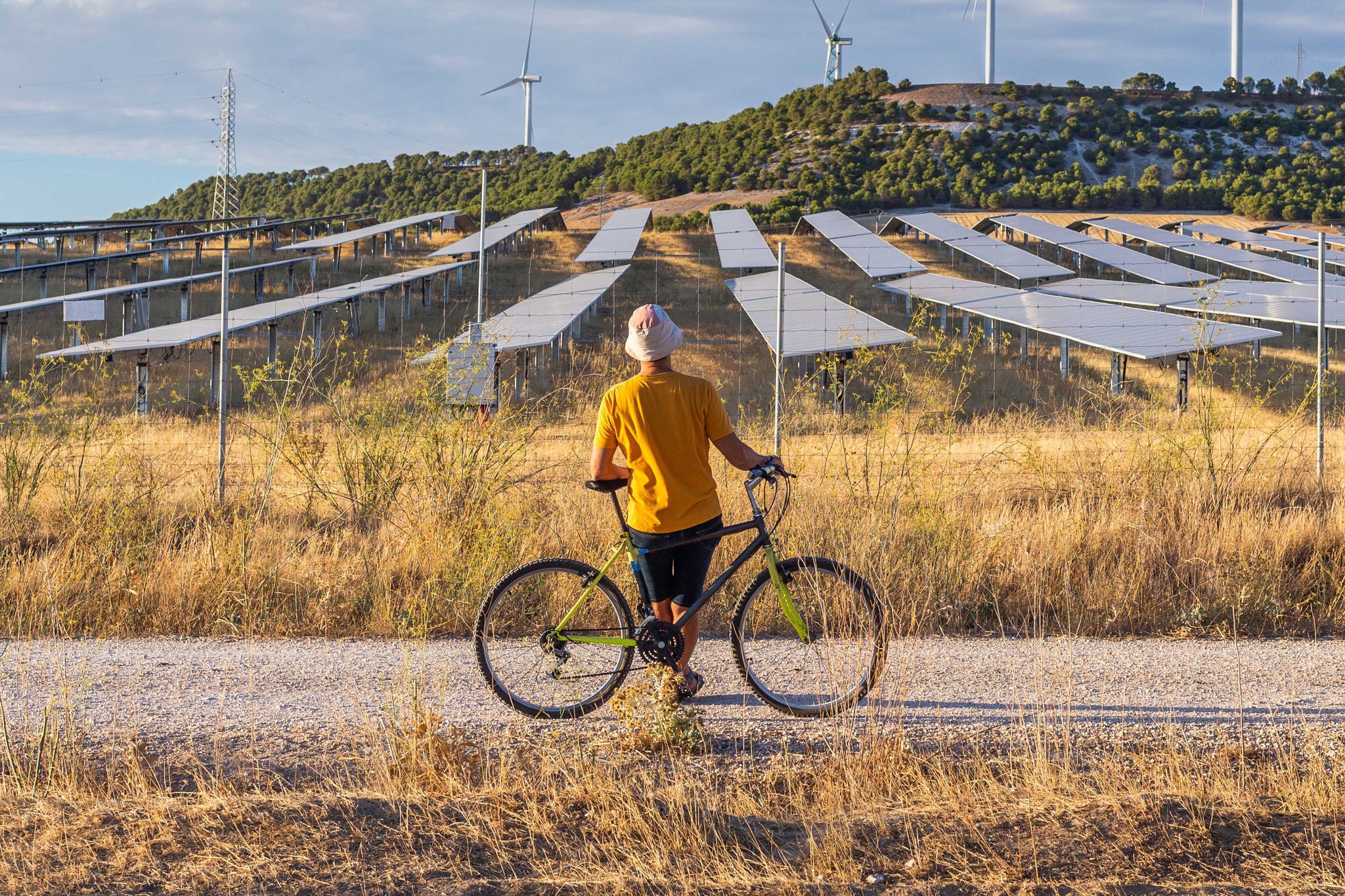How should governments start shaping effective carbon regulation? Consider these seven key factors:
1. Know what type of pricing is best for your economy and society
A comprehensive carbon price signals every business to price carbon as effectively they would any other business input and to reduce emissions, eliminating the need for thousands of micro-interventions. Governments without carbon pricing must rely on incentives, which pose budgetary challenges.
The first step is choosing your country's best carbon pricing form. If it’s a direct tax, which industries will be taxed first? If it’s an ETS, which industry sectors and gases are covered, and how do you expand coverage over time? And how do you adjust taxation on imported products?
Design issues include the initial tax rate and how will it rise, assigning the statutory burden, CO2 cap, allowance distribution, existing regulations and ⏤ perhaps most important, from a political perspective ⏤ revenue allocation.
2. Offsetting as an alternate route to carbon pricing
The landscape of carbon emissions regulation is poised to embrace diverse tactics. Offsets, characterized by their ability to counterbalance GHG or enhance carbon storage elsewhere, present a pathway for companies to achieve emission reduction targets. This approach can establish a shared cost framework without a formal carbon pricing mechanism. However, it is essential to exercise caution and conduct extensive evaluations within the carbon credits market to ensure accurate carbon accounting.
Governments can foster decarbonization by setting a significant offset price while simultaneously addressing potential carbon leakage. By allowing offsets to be traded across nations, countries with lower emission intensities can engage in carbon abatement initiatives, such as technology projects or carbon storage, in nations with higher emission intensities. This strategic move is particularly beneficial where older industrial facilities and lower restoration costs exist. Thus, implementing offsets requires a thoughtful balance between incentivizing decarbonization and managing potential carbon leakage, shaping a nuanced approach to emissions control.
3. Have a clearly articulated plan to distribute the revenue raised
Governments can use carbon pricing revenue to lower taxes, invest in clean energy and technology infrastructure, provide relief for low-income households most impacted by increased food and energy prices, tackle social issues related (or unrelated) to climate change, or even finance decarbonization investments for individual companies. The decisions will have a significant social impact, making it crucial for governments to choose their strategy wisely.
4. Demonstrate transparency to build credibility and support for the pricing system
Transparency will maintain credibility for a connected regional and national carbon pricing system framework. Governments must accurately measure carbon outputs and the effectiveness of offsetting to minimize carbon leakage, reduce double accounting and combat carbon fraud and greenwashing.
Technology and better data analytics improve transparency. Space technologies, including satellite data, monitor tropical forests involved in carbon offsetting projects, while distributed ledger technology can track carbon emissions and footprints in global supply chains. AI and data analytics can offer insights into carbon risks and mitigation in operations and suppliers. The information’s value will continue to grow and help shape a global carbon price. “Soon, we will see a variety of carbon pricing systems coexisting as separate markets, says Gianluca di Pasquale, EY Global Green Economies & Infrastructure Leader and Future Cities Co-Leader. “To achieve a unified approach, harnessing the potential of blockchain integrated with IoT is crucial. The main challenge is establishing an ecosystem that promotes trust, transparency, and interoperability."
5. Bolster reporting to drive adoption
Improved carbon data and demands for more robust sustainability reporting will increase the credibility and value of carbon pricing. Governments worldwide regulate non-financial reporting, and the EU’s new Corporate Sustainability Reporting Directive requires most companies to report how climate change impacts not just their business but also the planet and society. In the US, the Securities and Exchange Commission (SEC) has proposed rule changes requiring companies to report climate-related risks likely to have a material impact on their business and financial condition.
6. Build a working and governing culture that understands the importance of decarbonization
The shift toward a net zero economy requires a new generation of professionals who prioritize the climate emergency, biodiversity, and the preservation of the planet in their decision-making. This cultural shift demands a new breed of green jobs and a mindset change across the workforce. Moreover, profitable businesses will increasingly mean green businesses, as the hard-nosed economics of climate change and carbon pricing shape the future economy. The gray economy will slowly dwindle as entrenched industries make way for green alternatives.
7. Leverage carbon pricing for global climate resilience and innovation
Governments can harness the revenue generated from carbon pricing as a significant source for international redistribution by contributing to a pool of funds to support vulnerable nations' climate resilience and facilitate the transition to low-carbon economies. This collaborative approach demonstrates developed nations' commitment to global climate action and establishes a framework for mutual benefit. Even countries with lower carbon intensity can reap the rewards, as they can export their advanced green technologies and solutions, engage in joint projects and ventures with developing countries, enhance supply chain resilience, and foster improved global trade relations. Examples such as technology transfers are crucial for enabling less-developed nations to adopt clean and efficient technologies, accelerating their transition, and facilitating the exchange of expertise, knowledge and solutions.











